Slow Pitch Jigging Travel: Essential Rod & Reel Tips for Anglers on the Go
Are you an anglers on the go who loves the thrill of slow pitch jigging but struggles with finding the right gear for travel? Whether you’re heading to remote lakes, coastal shores, or international fishing destinations, having the perfect slow pitch jigging rod and jigging reel can make all the difference. In this guide, we’ll dive into practical tips and tricks to help you choose, pack, and use gear that’s both effective and easy to transport—so you can focus on what matters most: catching more fish.
1. Choosing the Right Slow Pitch Jigging Rod for Travel
Selecting a travel rod designed for slow pitch jigging is the first step to success. Unlike traditional casting rods, slow pitch jigging rods are built for precision and control, with specific features that enhance performance in various water conditions. Here’s what to look for:
Length & Action
Opt for rods between 6’6”–7’6” for versatility—they’re long enough to cast far but short enough to handle in tight spaces (like when traveling by car or plane). A moderate-fast action tip is ideal, as it allows for delicate presentations while still generating enough power to set the hook on aggressive bites.
Power Rating
Match your rod’s power to your target species. Light-power rods (1–3 lb test) work best for panfish or trout, while medium-power (4–8 lb test) rods handle bass, walleye, or smaller saltwater species. Avoid overly heavy rods, as they add unnecessary weight to your travel gear.
Portability Features
Look for rods with travel-friendly designs, such as detachable tips, foldable handles, or compact reel seats. These features make it easier to pack your rod without damaging it during transit. Plus, many modern travel rods come with dedicated sleeves or cases that protect the blank and guides—saving you space in your tackle bag.
2. Finding the Perfect Jigging Reel for On-the-Go Adventures
A reliable jigging reel is just as crucial as your rod. The right reel balances smooth drag, durability, and ease of use, ensuring you can adapt to changing conditions whether you’re freshwater fishing or saltwater jigging. Consider these factors:
Gear Ratio
Slow pitch jigging often requires quick, responsive retrieves, so a high gear ratio (6.0:1–7.0:1) is ideal. This allows you to make fast, precise movements when working lures at different depths, keeping your presentation natural and enticing to fish.
Drag System
A smooth, adjustable drag is non-negotiable. Look for reels with carbon fiber drag washers or a “click-and-drag” system that lets you set precise pressure—critical for landing fish without losing lures or breaking lines. For saltwater use, ensure the reel is corrosion-resistant (e.g., stainless steel components or anodized aluminum) to withstand harsh environments.
Line Capacity
Choose a reel with enough line capacity for your target depth. For example, if you’re jigging in 50–100 feet of water, opt for a reel that holds 200–300 yards of 10–15 lb test monofilament or fluorocarbon. Braided line is also a great option for its sensitivity and strength, but be sure your reel’s spool is compatible (many anglers use a mono backing with braided line for added abrasion resistance).
3. Packing Smart: Organizing Your Rod & Reel for Travel
One of the biggest challenges of travel fishing is protecting your gear while maximizing space. Here’s how to organize your slow pitch jigging setup for any trip:
Rod Storage
- Use a rod case or padded sleeve to prevent scratches and dings. For air travel, invest in a telescoping rod tube that fits within carry-on luggage restrictions (avoid checking rods whenever possible to prevent damage).
- If space is tight, consider a multi-rod case that holds both your rod and reel—saving you from carrying separate bags.
Reel Maintenance
- Clean your reel thoroughly before packing, removing any sand, salt, or debris that could damage the gears. Apply a light coat of reel lubricant to moving parts to keep them running smoothly.
- Store your reel with the spool locked (if possible) to prevent the line from unraveling—this also saves space in your tackle box.
Tackle Organization
Pack lightweight, compact tackle that complements your slow pitch jigging strategy. Include essentials like:
- Assorted slow pitch jigs (sizes 1/8 oz to 1/2 oz) in colors that match local baitfish.
- Leader material (fluorocarbon or steel leader for saltwater).
- Pliers or a hook remover for releasing fish quickly.
- A small notebook or app to log successful lures, depths, and conditions—helping you refine your approach on future trips.
4. Bonus Tips for Travel Fishing Success
- Research Local Regulations: Always check fishing licenses, bag limits, and gear restrictions before your trip. Some destinations require specific reel types or prohibit certain jigs.
- Test Your Setup: Before hitting the water, practice casting and jigging in a local park or lake to get used to your rod and reel—ensuring you’re comfortable with their performance in the field.
- Invest in Versatility: Look for travel rods and reels that work across multiple species and environments. For example, a medium-heavy slow pitch jigging rod can transition from freshwater bass to saltwater snook with minimal adjustments.
Conclusion
Slow pitch jigging travel doesn’t have to be complicated—with the right rod, reel, and organization, you can enjoy this exciting technique anywhere the adventure takes you. Remember: prioritize portability, performance, and protection when choosing your gear, and always stay flexible to adapt to local conditions. Whether you’re a seasoned angler or just starting out, these tips will help you make the most of every trip—maximizing your time on the water and your chances of landing that big catch.
Ready to hit the road? Start by upgrading your fishing gear with these essential slow pitch jigging tools, and don’t forget to share your travel fishing photos with us! 🎣✨



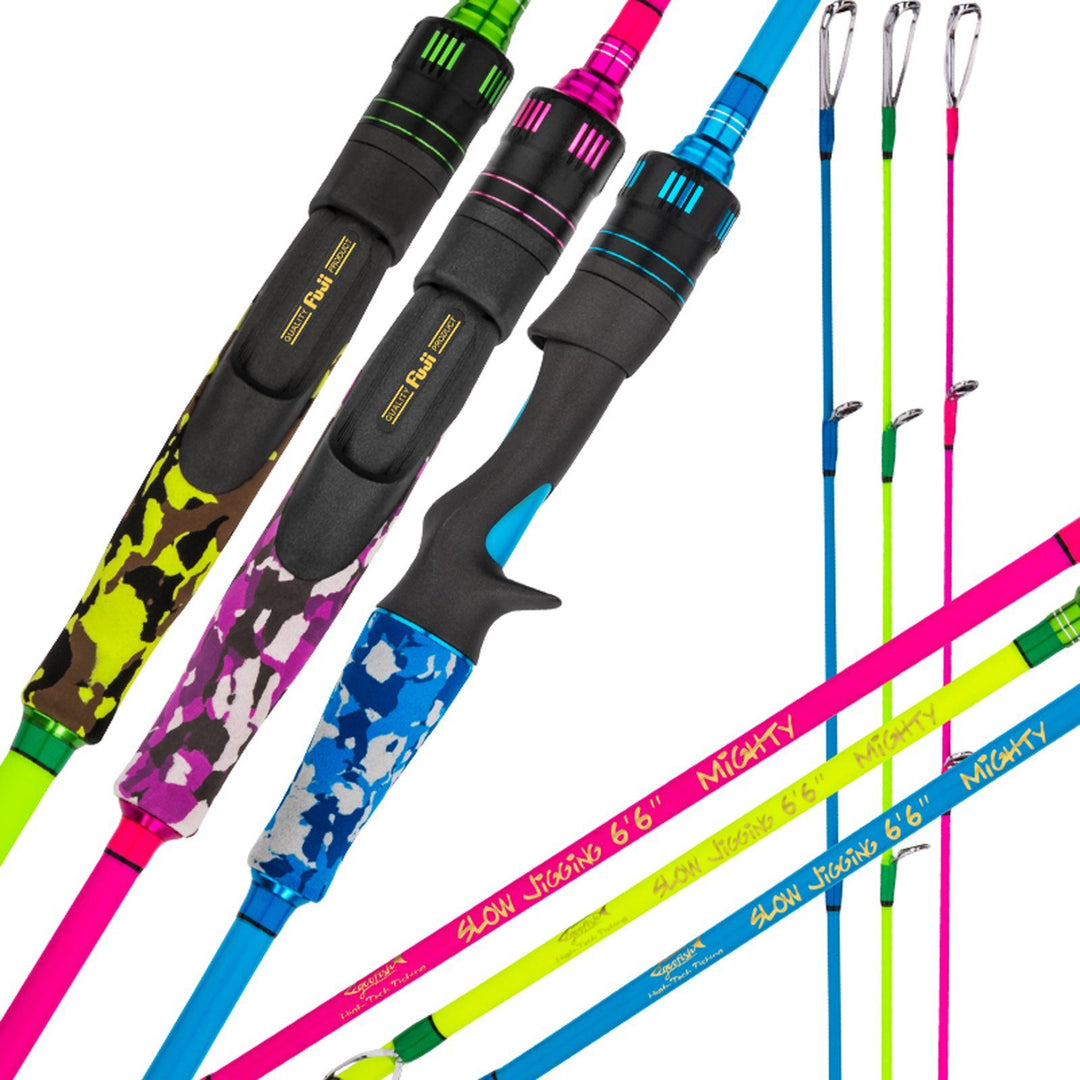
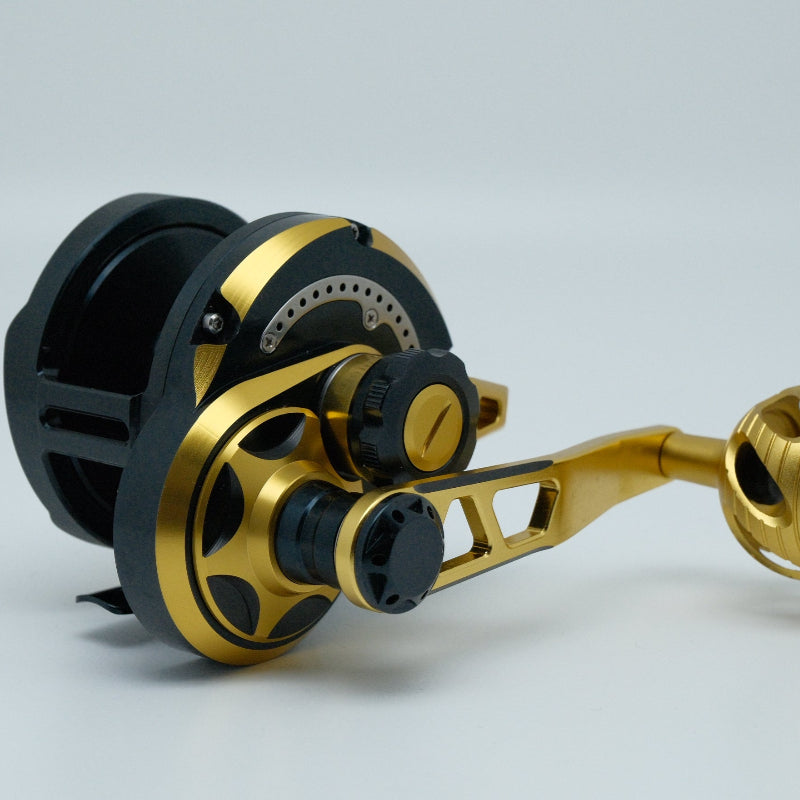
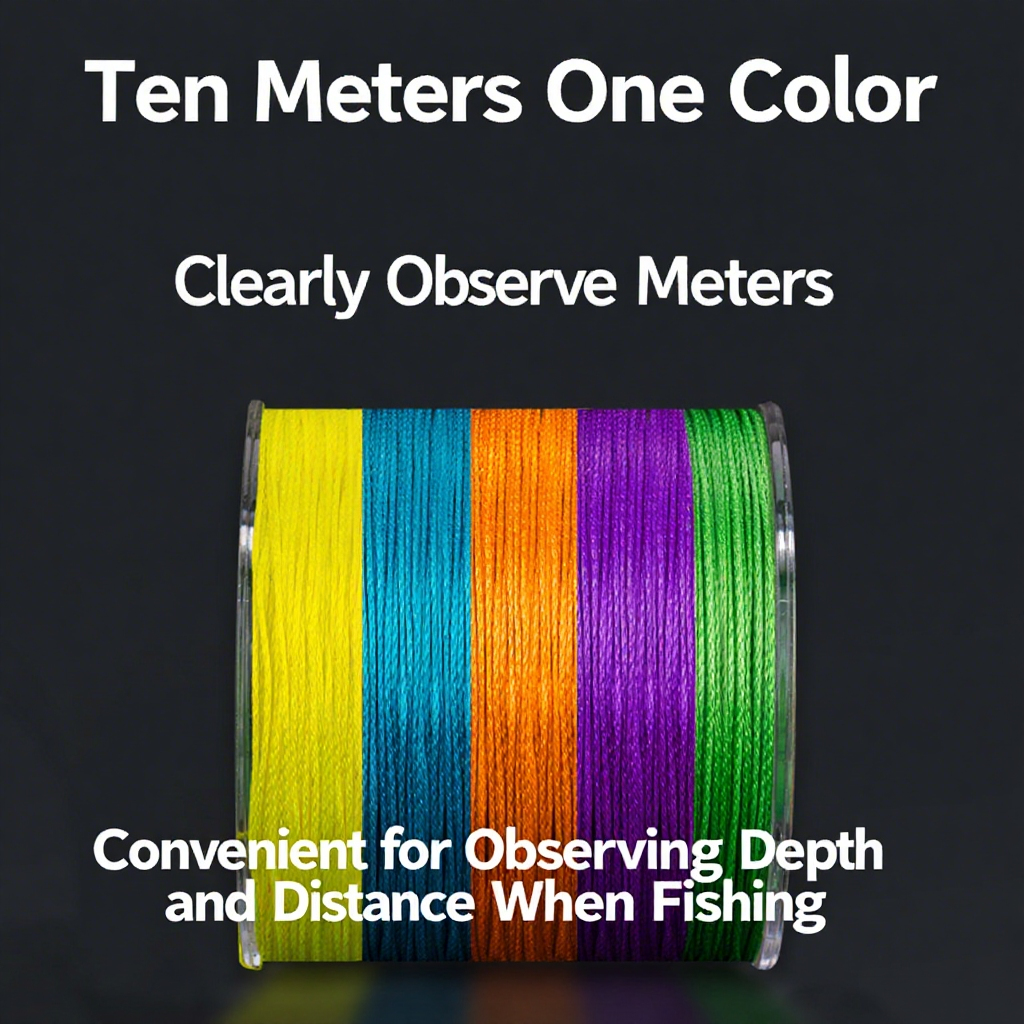
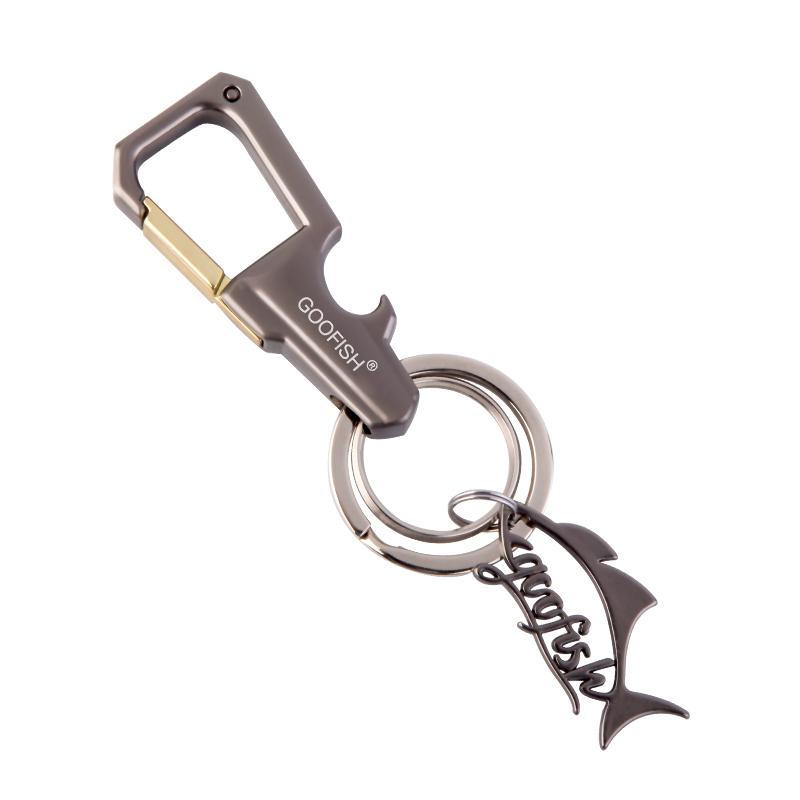

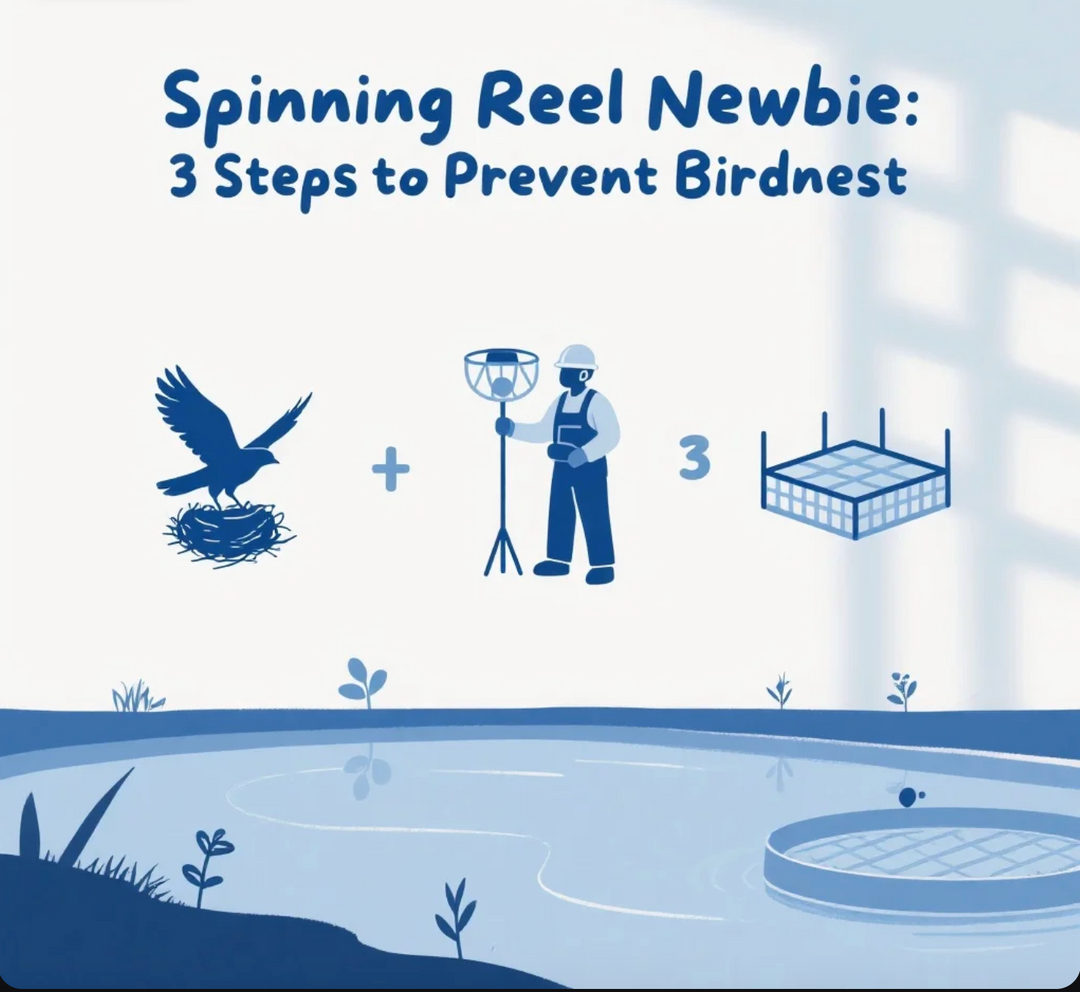

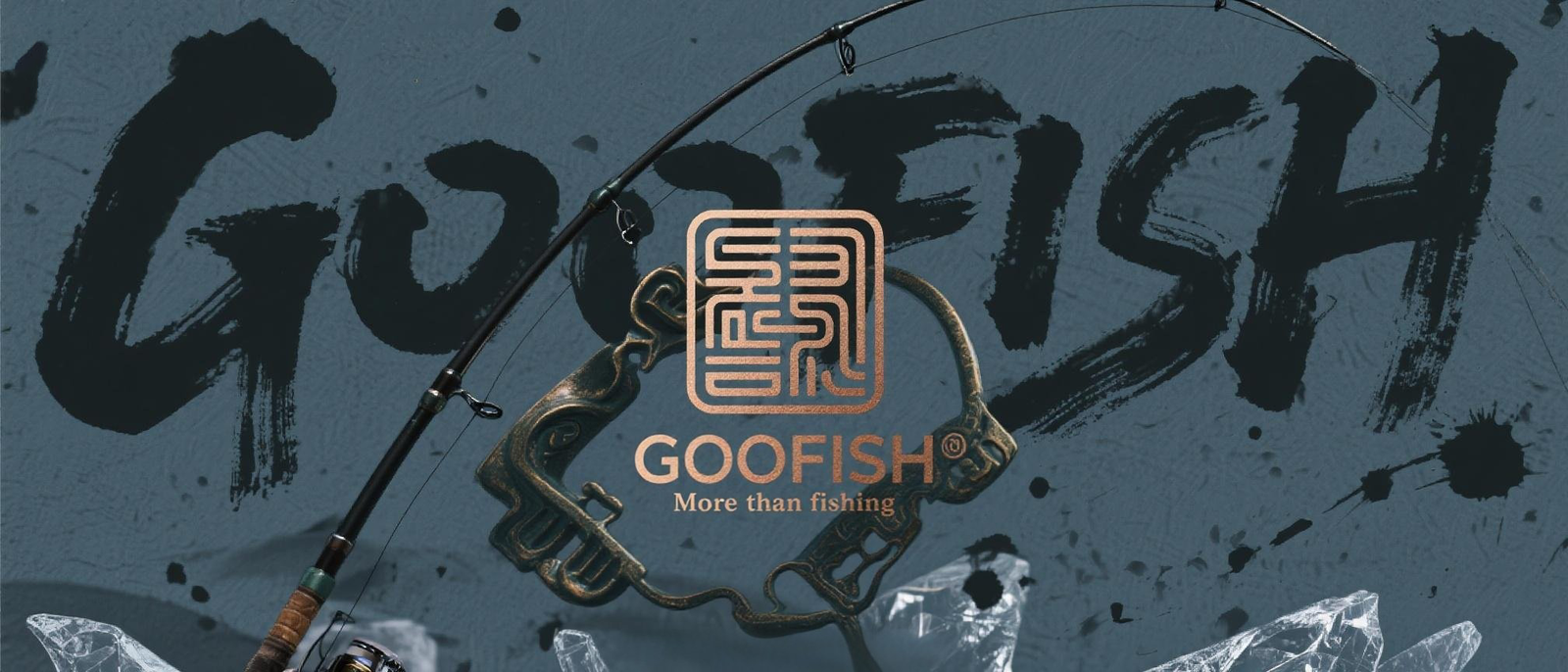
Leave a comment